States of Siege
Anonymous
The following statement, sent to us anonymously via email, responds to the raid of three houses by police and FBI in Atlanta on February 8th, 2024, which targeted participants in the Defend the Forest/Stop Cop City movement and led to the arrest of John “Jack” Mazurek. A fourth house was raided two days later, on February 10th, in the same neighborhood. After surveying the balance of forces in the struggle, the authors make a case for a deepening of the movement's clandestine tendencies.
I prefer peace. But if trouble must come, let it come in my time, so that my children can live in peace. —Thomas Paine
The present, due to its staggering complexities, is almost as conjectural as the past. We must prove our predictions about the future with action. —George Jackson
On February 8th, 2024, a combined task force of Atlanta Police Department, Georgia State Patrol, ATF, SWAT, and FBI conducted simultaneous pre-dawn raids at three houses. One person has been arrested on a first-degree arson charge, while another was taken in for eight hours before eventually being released.
In the early morning of February 9th, anonymous saboteurs burned a police cruiser parked in front of a home just blocks away from two of the homes raided twenty-two hours earlier. This action shocked everyone, authorities and activists alike. The timing and location of that action are breathtaking, regardless of the immediate consequences.
Georgia Bureau of Investigations, the ATF, and Atlanta police spread out across the area. They combed the neighborhood for suspects, knocked on doors, pulled over random cars, while digging through bushes and trash cans. Around 6pm on the 9th, the APD, GBI, ATF, and FBI raided another home. Nobody was home, which did not prevent officers from trashing the house. This final raid was conducted under especially dubious pretexts, and was functionally little more than a team-building exercise for the new coalition of forces, which now includes the federal agents.
It is hard to exaggerate the exhaustion of the administration after nearly three years of continuous setbacks. The mayor’s office has taken to extreme lies about the progress of the construction, recently claiming that work was 70% done despite the non-existence of utilities, foundation, or any vertical structures.
What comes next will require careful consideration, because the balance of forces is not what it appears at first glance, nor is it likely to persist indefinitely, as both sides gear up for serious confrontations in the coming months.
We condemn the raids and all those agencies responsible. However, beyond merely asserting the innocence of those involved, we wish to provide a political frame for these events and to emphasize the stakes of the repression for the prospects of revolution.
Why did this happen now?
On January 26th, 2024, several machines belonging to the Brent Scarbrough Company, a subcontractor working on Cop City construction, were burned at a job site on Boulevard Drive in southeast Atlanta. This is the first time this job site has been subject to vandalism, although the Brent Scarbrough Company has been subject to recurring acts of sabotage, including the March 5th, 2023 raid on the Cop City construction site.
On February 5th, the Atlanta City Council, disgraced worldwide for their subversion of popular will, passed a resolution to codify the local referendum process, hitherto informal and ad-hoc. The new process includes repressive clauses that make future referenda even more unlikely and difficult to attain. Nonetheless, it moves the current petition process forward. On February 6th, the Georgia House of Representatives passed SB63, a bill that expands the number of charges requiring cash bail while simultaneously criminalizing not-for-profit bail funds, such as the Atlanta Solidarity Fund. On February 23-26th, activists from around the country will converge in Arizona for a summit against Nationwide, the insurance provider of the Atlanta Police Foundation.
In the months since the Attorney General Chris Carr initiated RICO charges against dozens of local activists, bold and unprecedented actions against Cop City have continued apace. Punitive prosecution and collective punishment have failed to stop the movement.


Every month, local, statewide, and national law enforcement agents prostrate themselves in front of news cameras, bemoaning a new round of clandestine sabotage against construction machinery. Police Chief Darin Schierbaum carefully threads together two styles of discourse. On the one hand, he projects a triumphalist the-police-always-get-their-man narrative in the face of an invisible threat operating, in his words, “on borrowed time.” On the other hand, he implies that a nationwide conspiracy of antagonists is overwhelming his resources and that he needs both civilian assistance and federal resources in order to stop the chaos. With few arrests or serious leads, one can only imagine that the pressure behind the scenes has become intolerable.
This is why over 100 agents coordinated a multi-house raid on February 8th and 9th.
These raids were not a legal intervention. They were a media stunt. They were not conducted to collect evidence. They were conducted in order to justify a press conference. And it was this press conference, the projection of competency and strength, that was the real police action of the day, for it mystifies the public about the state of the movement and the vulnerability of the project to continuous and unrelenting action.
A battle for the heart of america
The movement to Stop Cop City, to Defend the Atlanta Forest, and to end the racial tyranny of the police has pursued every conceivable means of peaceful protest. There have been marches, community meetings, the involvement of school children and retirees. 116,000 people signed a petition to have a direct say in the construction of Cop City — which, mind you, is more than double the number who voted for Mayor Andre Dickens in the 2021 election. The clerk's office published the names of those signatories alongside their addresses. City Council has not only refused to authorize the process, they have been party to a general retreat in the democratic balance of powers in our society. Mobilizations at City Council in Fall 2021, and then in May and June of 2023, exceed any previous participation in public comment in Atlanta history. The direct pleas of thousands of Atlanta residents to defund and to reverse the decision on Cop City were baldly rejected by the Council.
Cop City stands as proof that democratic institutions can shift seamlessly into bureaucratic dictatorships wherever the democratic process threatens the political and economic interests of those in power. When this happens, only direct intervention by ordinary people can assure popular mandates. Theories of popular action generally encourage the public to foist demands onto the ruling elites, sometimes even militantly. Too few understand the need for the public to take power from the government and to make decisions for themselves. Dismantling the local authorities could be simpler and more attainable than stopping Cop City within the rule and order constructed by City Hall, the Mayor's office, State Senate, the office of Georgia Governor Brian Kemp, and their corporate bosses in the Atlanta Committee for Progress.
The actions of the prosecutor's office, the attorney general, and all the repressive shock troops they command, are not simple legal actions. They are political decisions enforced by a military apparatus. They must be responded to with political decisions enforced by popular action and serious deeds.
Further indictments
Although modern society is not maintained by symbols or monuments alone, all historic confrontations orient themselves around specific and concrete embodiments of the ruling order. During the French Revolution in 1789, this was the Bastille — a prison that held political prisoners. During the first days of the revolution, protesters stormed the Bastille and tore it down — brick-by-brick, wall-by-wall — and with its fall, an unstoppable chain reaction was ignited, culminating in the death of King Louis XV, and the collapse of the French monarchy itself.
Cop City is our Bastille — a fortress for the worst injustices of our current system. This is why intelligent people chant, "If you build it, we will burn it." This is not militant hyperbole. It is a dedication to freedom itself.
At times a situation is so clear that it is viewed coherently from all sides of social contestation. The movement to fight Cop City and the ambition to build it at all costs, represent in embryo the broader polarization of our society at large. For the system, the armament and investment into carceral infrastructure and policing is a central pillar of the near future. Without this police training facility, the articulation of a common social code cannot even be imagined by those in power. For free and creative people, human flourishing and social harmony cannot coexist with this project. What began as an activist campaign has evolved into a paradigmatic conflict within our country.
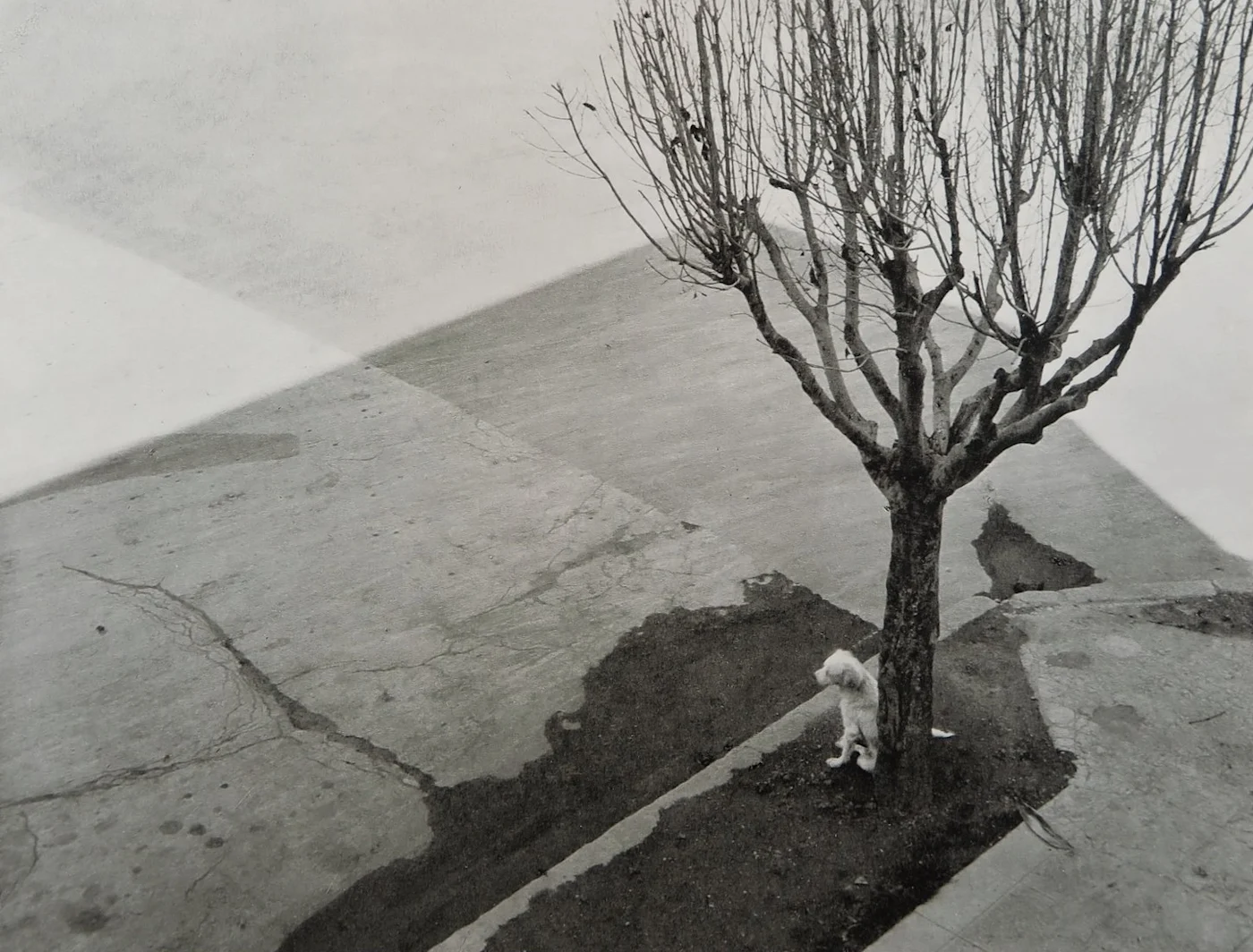
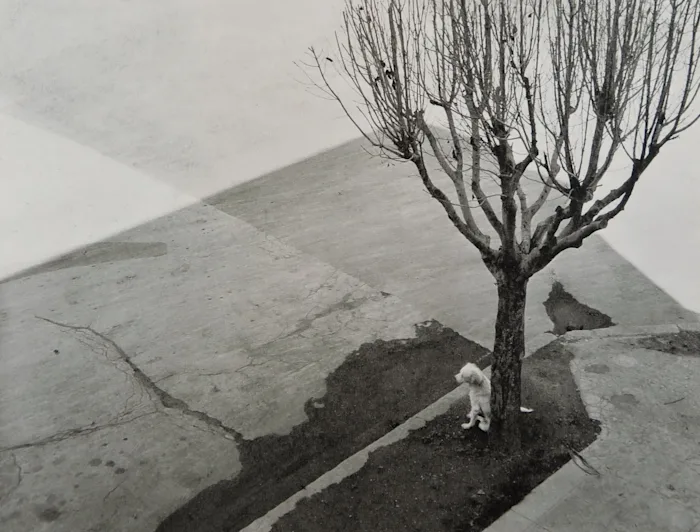
On January 18th, 2023, Manuel "Tortugita" Paez Terán was murdered by Georgia State Patrol during a multi-agency raid at Intrenchment Creek Park. Up to that point, many different kinds of participation flourished together. Art-shows, neighborhood meetups, ecological events, dance parties, tree-sits, protests, direct action, and community outreach spread awareness and vocalized discontent over the project. By the end of 2022, the City and State governments decided — prompted by Magnus Miller Gorrie and other Police Foundation stakeholders — that they would no longer respect any opposition to the project. Domestic Terrorism charges were handed out indiscriminately to protesters. Much of the land is now clear-cut. The construction of Cop City is underway.
In Fort Benning, Georgia, the US federal government once ran the School of the Americas, where aspiring dictators, counter-revolutionaries, and contract killers were armed and trained for covert action and paramilitary violence across the hemisphere. Former Atlanta Mayor Andrew Young sent municipal resources to killers in Guatemala in the 1980s. This history is harrowing and it is robust. Cop City represents a further investment in, and extension of, that history.
In October, 2023, the Israeli Defense Forces (IDF) launched a deadly assault on the Palestinian communities of the Gaza Strip and West Bank, refusing to distinguish between targets, killing over 12,000 children (as of mid-February 2024). The IDF has its own history of brutality, and that history overlaps with Georgia police. The Georgia International Law Enforcement Exchange (GILEE) Program places Atlanta Police and international forces in training exercises together. This allows regional police and international death squads to share tactics and theories of counterinsurgency and state terrorism.
The ongoing genocide taking place in Gaza is demoralizing millions of people in our country, as the Israeli government is a proxy force for US interests in the Middle East. The intransigence of the Biden administration in the face of public outrage is radicalizing millions, who intuitively and correctly connect the onslaught to the struggle against Cop City.
What does this mean for the struggle moving forward? What remains possible for aspiring revolutionaries operating within this increasingly fraught context?
The guerrilla mentality
After the attacks on Atlanta police infrastructure in July 2023, a group calling itself the “March 5th Movement” (M5M) released a statement. This group took responsibility for coordinated attacks on police vehicles as a response to the new repressive strategy confronting the movement. In so doing, they also asserted that the shifting terrain of the struggle would be met with a revolutionary guerrilla struggle.
After burning a police cruiser outside of a private home on February 9th, 2024, an anonymous group issued a communique echoing this sentiment, referencing the M5M statement directly.
What does it mean for the movement to develop into a guerrilla struggle? This is not merely an organizational consideration, but also a political question. If city, state, and federal police have closed off all possible resistance to the project, the movement should adopt an organizational and tactical framework appropriate to this atmosphere, a framework that allows resistance not only to continue, but to grow.
Presently, it would not be true to say that all avenues of resistance aside from clandestine action are impossible. The persistence of non-violent direct actions, public rallies, fundraiser events, and lawsuits proves that many tactical frameworks and approaches are still possible, strictly speaking. Although there may soon come a time in which it is illegal or life-threatening to do public organizing — there are many precedents in our country and others for such circumstances — we are not currently in one of those times. Although the atmosphere is tense and dangerous, we need not resort to hyperbole.
We should not ask ourselves if other forms of action remain possible, but whether or not they are effective. This can be judged in terms of direct consequences, observable in the short term, by analyzing the effects of specific actions on particular social forces or institutions; effectiveness can also be judged politically, by the degree to which the consciousness and self-activity of the people has increased as a consequence of inspiration, or decreased as a consequence of resignation or spectatorship. Finally, in order to consider the proposal to embrace a guerrilla struggle, we must assess our options as they are determined by the State, by asking how soon will clandestine organizational practices and structures be required of us, regardless of our specific ambitions or preferred tactics?
The history of guerrilla experiments across the world offers many lessons.
A latent tendency within the movement
Guerrilla tactics have been present, and even determinant, in the movement to defend the Weelaunee Forest and stop Cop City from its earliest days. It is not accurate to say, as some might be anxious to claim, that the retreat of the “mass” movement corresponds to the ascendance of the clandestine movement. At least, not in this case. It is rather unambiguous that the efforts of small clandestine groups have driven the public acclaim of the movement, and have been the small motor driving all approaches, continuing apace in a steady hum month after month, through the ups and downs of popular morale, participation, or focus.
The movement in Atlanta is composed of various groups, each of which operates its own media strategies, meetings, outreach plans, and protests. The independence of the respective segments of the movement has lent the overall struggle an incredible flexibility with respect to tactics, since no one group or collection of groups aims to consolidate influence for itself by denouncing or marginalizing others. Groups allow one another the space to creatively oppose the project by their preferred means, on their preferred terrain, alongside their preferred base of support. Initiatives such as canvassing drives, protest encampments, campus organizing, or weeks of action are able to carry themselves out without seeking the legitimacy of any higher authority or “coalitional” approval. At their best (with a few unfortunate and mistaken exceptions), movement participants have not indulged in sectarian battles, and have not pointlessly associated their political line or ethics with specific aesthetics, slogans, or tactics.
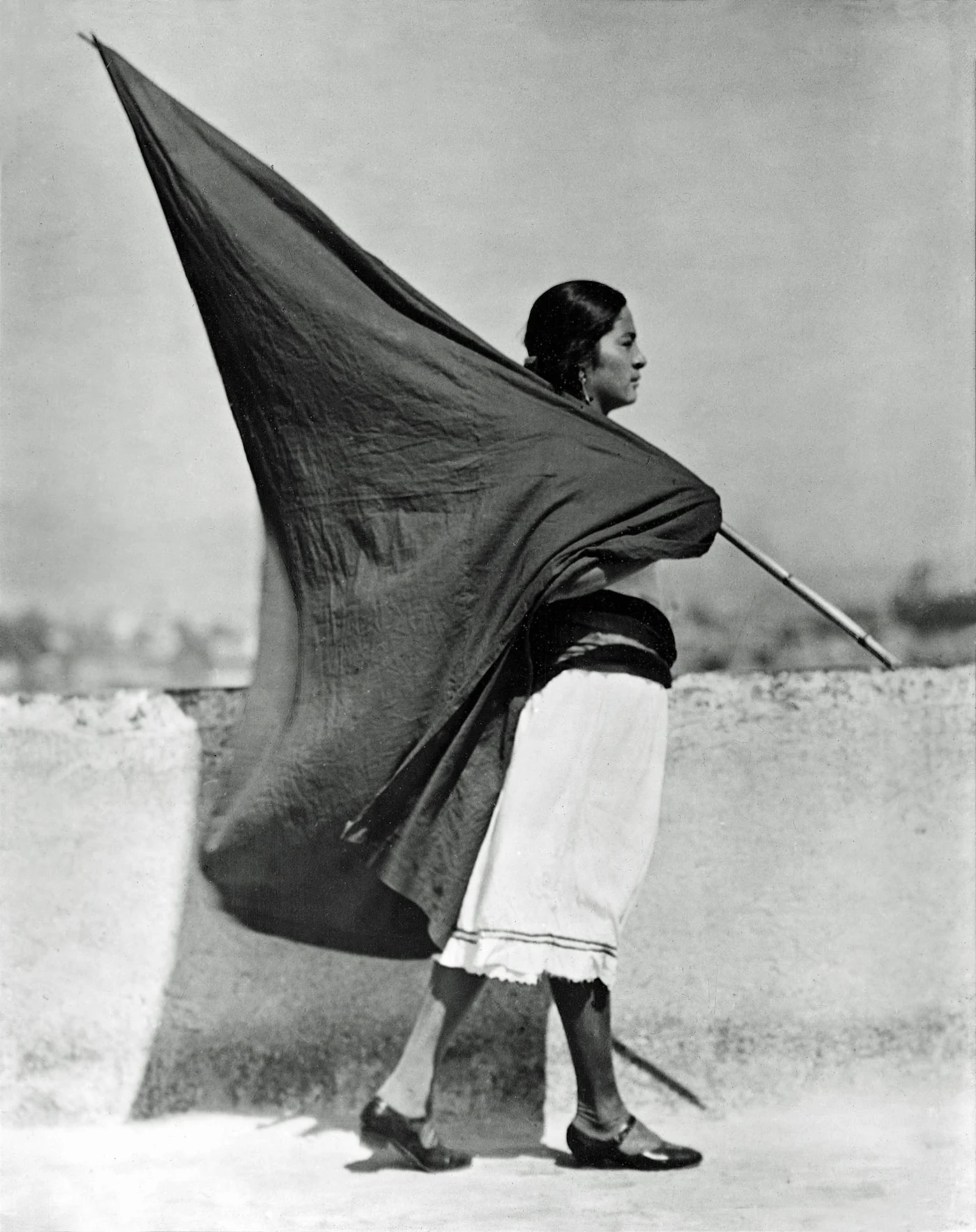

The Stop Cop City movement has the sympathy of millions of people, but it is not a mass movement. It cannot be compared to spontaneous uprisings, nor can it be compared gracefully to local activist campaigns or civic initiatives. It is a multi-year struggle with specific aims and demands. It is the focus of the struggle that has facilitated the participation of different groups, since it is built around concrete concerns, and not abstract ambitions or political lines. It is the sabotage and vandalism that have underwritten this participation, generating controversy as well as obstructing construction timelines. On February 8th, 2024 pro-referendum organizers from Atlanta held a press conference at the Atlanta Police Foundation Headquarters. The APF shut down the office for the day, as a result. One organizer, an above-ground Black activist associated with the Cop City Vote Coalition, was asked if she condemned the arson targeting Cop City contractors. She replied "Hell no. And if I'm being honest the City deserves more than that…I cannot take that kind of risk. But those who can: bless them." If they wish to combat the prospect of isolation, the clandestine elements and groups within the movement will need to ensure that their practices continue to express the general will of the movement and garner support from its cultural and above-ground organizers. Clandestine groups must not only express this will, but also take responsibility for concrete and necessary tasks even if they are unpopular. Squaring this tension with creativity and tact is the responsibility of the revolutionary minority operating within the movement.
The function of the militant minority
The idea that a dedicated guerrilla strategy or movement could somehow substitute for mass, participatory, protest phenomena is an elitist outrage, doomed to certain failure. Nobody knows this better than those who fight from the front lines, armed with the lessons of historical experience. When Che Guevara died at the hands of Bolivian rangers and their CIA advisors, an entire generation of cowards, idiots, and opportunists sighed in relief. The Cuban revolution and its consequences was a disaster for cafe theoreticians, pro-Moscow party-builders, spontaneity-only fundamentalists, and social democrats the world over. Throughout the 1960s, rural guerrillas in Peru, Colombia, Venezuela, Guatemala, Bolivia, Argentina, and elsewhere each confronted their own national dilemmas and limits. They also faced common threats and obstacles they could not overcome. Their political (and geographic) isolation from mass struggles on campuses, in mines, and in urban centers assured their military downfall in the face of national armies and CIA-backed strongmen. These mass struggles were defeated in turn, often by the same North American torturers and spies confronting the armed romantics in the mountains and jungles. The two lungs of popular resistance — the mass and guerrilla organizations — collapsed one after another, neither strong enough to oxygenate the body of the revolution on its own for very long. The real lessons of these incredible struggles, which were influenced by and also influenced successful and failed struggles on every continent of this planet, have been hidden or misrepresented by those who judged them from afar, and by the misinformation campaigns conducted by the US State Department and its agency-aligned media industry.
From the Mexican Revolution to the Sandinistas, from the July 26 Movement to the Colombian ELN, one thing the guerrilla campaigns of yore teach us is that, under the right conditions, the actions of very small groups — all of these groups started with just a small handful of members — can seriously influence social reality. The deeds of dedicated groups can stimulate the consciousness and sometimes provoke the activation of millions of people. In the final instance, it is the conscious actions of those millions that determines everything. While many Trotskyist, left-communist, and anarchist theoreticians diligently militate against the supposed risk that an active minority “substitutes'' itself for mass self-activity, the real practice of insurrectionists and aspiring revolutionaries in the past decade and a half has illustrated the productive effect that careful and creative groups can have on a society.
What everybody can’t do
The stunning and romantic uprisings of the past thirteen years, uprisings we have taken part in, have disproved our spontaneist theories beyond any reasonable doubt. If we consider political retreat and dispersal to be setbacks for the theories of activists, and not a strictly “tactical” question, it could be said that almost no revolutionary theory in history has ever been so unsuccessful — and, thus, untrue — as those created by mass movements in the past two decades. Of the hundreds of uprisings since 2010, only a very small few can be considered successful, at least according to the aims and aspirations they set for themselves.
Spontaneous, disorganized, leaderless, mass resistance movements, whether armed or unarmed, cannot both topple an entrenched ruling clique and reorganize the economic reality of a society. In other words, they cannot make a social revolution. Without a specialized detachment of intellectuals and creative thinkers, popular movements do not generate transformative slogans and theories. Rather, they augment ruling ideologies, simply turning them on their heads or otherwise satisfying themselves by exposing the “hypocrisy” of the reigning system. It should not be controversial to say that this same dilemma expresses itself tactically as well, and that without special efforts, mass struggles — which are more or less all urban struggles of the poor and lower middle classes — exhaust themselves marching, occupying public space, blocking roads, striking temporarily, breaking windows, and looting retail businesses. Nothing can stop these incredible events from happening, because they express the objective contradictions of our age and the accumulated intelligence of angry and disenfranchised people across the globe. While they express the most cunning and ambitious dreams of a society, insofar as they fail to topple the state and reorganize human affairs, they are also a part of the dominant system.
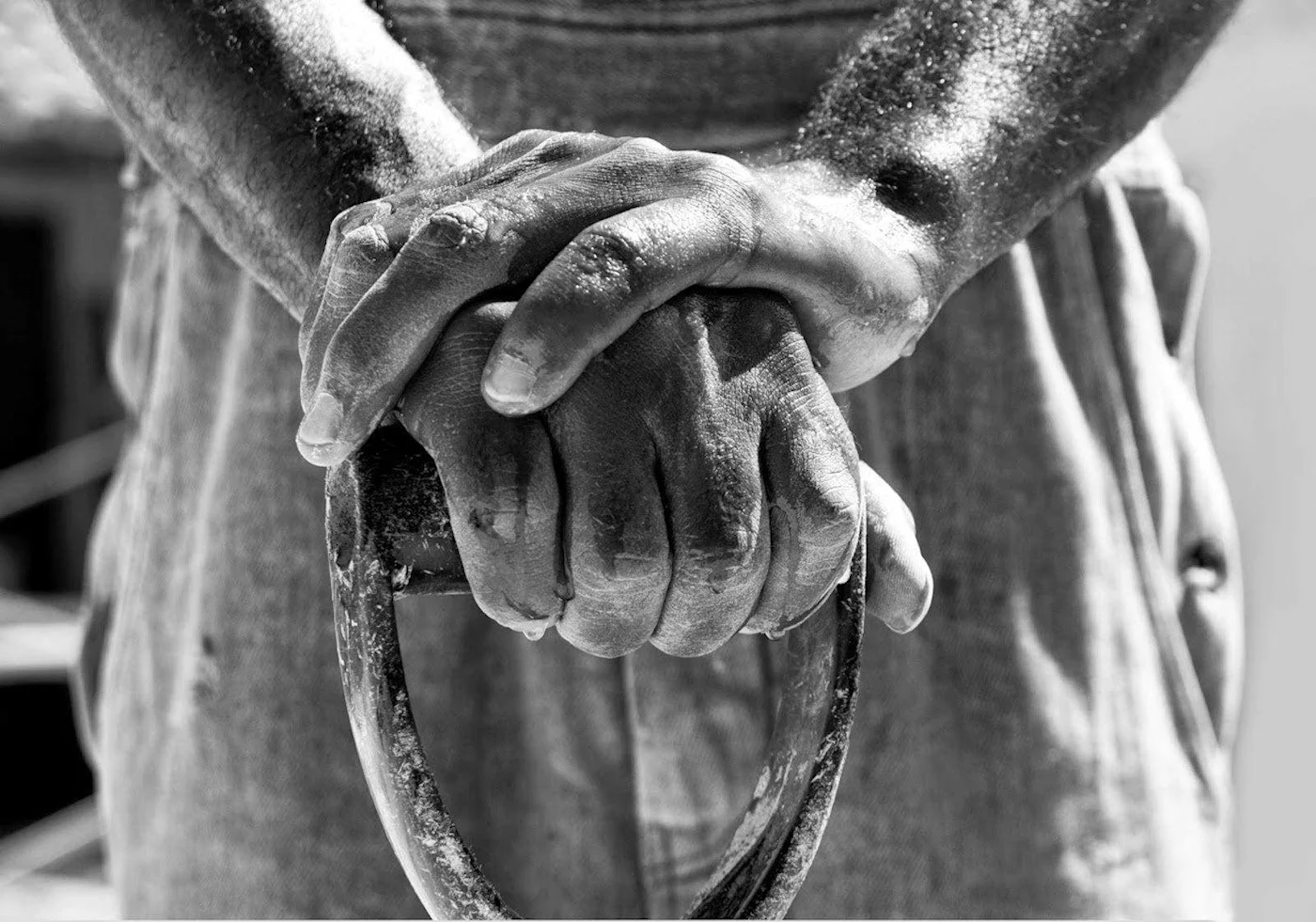
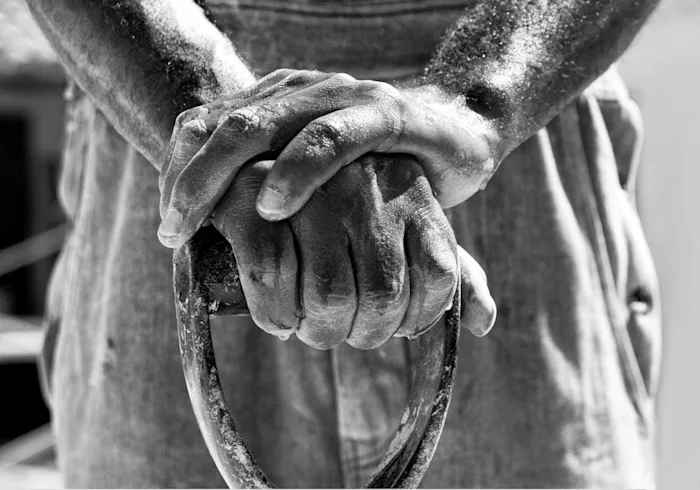
The people will rise up. This is a law of mass society, indeed, of organized human culture. The revolution is determined 90% by the results of tactics and confrontations taken up by crowds of regular people against the repressive forces of the state. From Egypt to Myanmar, the interventions of the black bloc, organized ethnic fronts, religious groups, soccer hooligans, armed militias, and other organized sectors have proven that the unique interventions of organized sectors and semi-secretive organizations play a disproportionate role in the insurrectional phase of struggles, specifically in times of advanced repression, when popular tactics have become ineffective or too dangerous to continue. The interventions of these intentional groups are not organic to mass struggles, and they do not express the spontaneous consciousness of the mass movements.
Shocking and necessary interventions must be organized in advance by groups who study world affairs, uprisings in diverse contexts, retain and transmit experiences from one movement to the next, and who are prepared to push movements beyond their “natural” aspirations or reflexes. The revolution is determined 10% by the results of organized, specialized, detachments and groups, “professionals” who innovate tactics and advance strategies that are not always intuitive to large crowds or sectors of society.
So what does this mean for those fighting outside the context, indeed, before the next episode of popular unrest?
What everybody can do
In the movement against Cop City, guerilla and clandestine actions have not immobilized the above-ground organizers or cultural support networks, but neither have they mobilized people into a more robust guerrilla framework. If a guerrilla strategy is to work, it will have to incorporate people into the framework of clandestine organizing and training within the highly securitized urban spaces that contemporary struggles spring from. This will be the measure of its success, and not simply the economic damage done by attacks, in spite of the undeniable moral encouragement one feels reading about the losses incurred by the adversary. The guerrilla movement in Atlanta is undoubtedly in an embryonic phase in this respect. The struggle against Cop City is pregnant with unrealized combative and organizational potentials. Aspiring revolutionaries are the midwives of social transformation, and must take responsibility for nurturing these unrealized potentials into existence.
At the present juncture, directly disabling police infrastructure to such a degree that they are unable to carry out raids or to conduct investigations, thereby forcing them into a position of strategic defense or retreat, is not possible. Tactical offensives are always possible, but the strategic equilibrium that makes broad-based attacks on the state possible can only be attained by the mobilization of critical social sectors in great numbers.
If organizers do not articulate frameworks or build groups capable of subverting and confronting repressive forces and reactionaries, social movements can only survive by preserving the umbilical cord linking them to the progressive sections of the ruling elites. If movements aim to challenge the core principles of our society, they cannot only rely on humanitarian and constitutionalist outrage to restrain the forces of violent reaction. Rebellious movements must also prepare to defend themselves from repression, and also to outmaneuver, exhaust, demoralize, confuse, and overpower the repressive might of the state. Those who do not believe this is possible do not believe that the revolution is possible.
In order to seriously rearrange the balance of forces in our society, popular groups will have to be organized to withstand repression, and to orient mass sentiments around revolutionary slogans and proposals. The correct and courageous actions of the saboteurs have not built this organization, but organizations must be baptized in the pools of real subversion, or else they will tend to accrue participants who do not understand the real stakes of the movement, or who are too fearful to ask the correct political questions posed by the objective situation. How can those working underground against the construction of Cop City join forces with the thousands of people feeling the effects of inflation in the city? Or those displaced by the multi-national real estate firms developing Atlanta? How can organized political groups and collectives around the country join forces with the underground movement in Atlanta?
Many people have already embraced elements of clandestine guerrilla organization: meeting in private, using encrypted communications, handling cash, practicing operational security and discretion. Without making a qualitative rupture, there is much more that can be done immediately to prepare our movement for the coming months and years. All serious people should be solidifying semi-permanent groups of four to seven highly trusted associates, synchronizing watches, and expecting stricter punctuality. Such groups must have a way to learn together, and to give and receive feedback, to develop ideas, and to make decisions. These groups should be coordinating simultaneous interventions or actions. These small groups should increase their technical proficiency, not as an abstract imperative, but by attaining specific skills they are not likely to learn in the course of normal political organizing: learning to set broken bones, to stop bleeding, to field-strip and reassemble a firearm, and to hide at-risk people. These specific skills will allow movements to withstand much greater repression without isolating the militant vanguard factions. Moreover, groups that aspire to learn these things together will relieve themselves of unserious people who will be hesitant to make collective commitments of this nature. Whether they plan to sabotage infrastructure, lock-down to construction equipment, organize on college campuses, coordinate childcare, or to disrupt press conferences, a serious revolutionary organization, if one existed, would demand that all activists learn these skills, and that this be done with a serious but lighthearted temperament. Although anger and resentment are the common feelings of popular rebellions, a real revolution requires humility, tenderness, and love.
Birds of the coming storm
The crisis of democracy taking shape in Atlanta will soon swallow the entire country. Attacks on reproductive freedom and healthcare, consolidation of a reactionary and partisan Supreme Court, suppression of electoral freedoms and the independence of trade unions, cuts to public assistance for the poor, rent hikes and increased taxes on small property owners and farmers, militarization of the US-Mexico border, imperialist quagmires in the Middle East and elsewhere — in order to pose definitive resistance to all of these phenomena, it will not be enough to maintain a permanent alliance between popular movements and the Democratic Party. It will not be adequate to rely on public, civic, organizing either. It will also not be possible to address the revanchist wing of the Republican Party unified around Donald Trump and his inner circle without a popular alliance between urban intellectuals, students, poor Black people, rural agricultural workers from Latin America, and some layers of the white middle class. Organized and aspiring rebels will need to increase their organization as well as their specific capacities to withstand repression without making political compromises. In order to avoid bureaucracy and timidity later, the most dedicated should construct the building-blocks of a combative tendency and organization with the utmost urgency. If the language of cells and guerrilla units is off-putting, these formations could be thought of as semi-permanent affinity groups.
In order to arrange a preponderance of forces for the coming tumult, we will eventually need a revolutionary program and organizational schema. The guerrilla mentality will soon become the dominant organizing attitude for enduring and sincere people, one way or another. If the Atlanta police, GBI, FBI, and associated forces continue to attack protests, to intimidate and harass organizers, to raid and abuse community members, then preserving a loose and open organizational model will not be possible, because individuals will feel great pressure to think, plan, and assess their risks on an individual basis. In this difficult period, we will have to consolidate our networks in order to advance as a subversive social movement. Do not waste any time.
What is spontaneous does not need to be prepared. But victory cannot rely on improvised means alone.
Every day is March 5th.
February 2024
Images: Tina Modotti